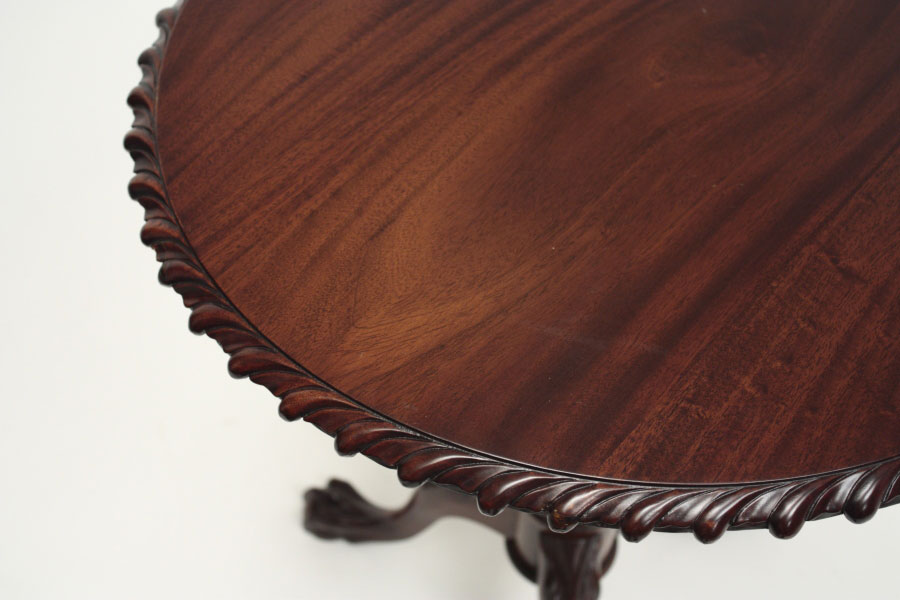Recent Posts
The Importance of Solid Wood in Antique Reproduction Furniture
Posted by on
When selecting fine furniture, the discerning eye looks beyond surface beauty to evaluate the integrity of construction. The type of wood, the method of joinery, and the chosen finishing techniques all contribute to whether a piece will endure for decades or quickly succumb to wear. For those unfamiliar with the technical aspects of furniture making, there is a simple yet revealing test to determine quality: ask what the furniture is made of.
The Standard of Solid Hardwoods
If the answer is solid hardwoods such as mahogany, walnut, teak, or oak, you are already on the path toward excellence. These timbers have been celebrated for centuries in the tradition of fine furniture making. They offer superior density, structural strength, and the ability to be worked with precision. We rely on solid mahogany as our primary medium, a choice guided by tradition and by its proven durability. Solid hardwoods allow for elegant carvings, clean joinery, and graceful finishes that reveal the depth and character of the grain. They are naturally resilient against daily use, and with proper care, they age beautifully—developing a patina that enhances rather than diminishes their value.
The Limitations of Manufactured Materials
By contrast, if a company admits to using particle board or MDF (medium-density fiberboard) disguised beneath veneers, caution is advised. These manufactured materials lack the internal strength of natural hardwood and are prone to warping, swelling, or delamination over time. Repairs, if possible at all, are rarely seamless. While veneers can be beautiful when applied with purpose—particularly in the tradition of marquetry or inlay—they should be recognized for what they are: a thin slice of wood adhered to a substrate. Unlike solid lumber, veneers do not offer the same tactile depth, weight, or three-dimensional quality of grain. Moreover, veneer patterns often repeat mechanically, a subtle detail that detracts from the organic uniqueness inherent in genuine wood.
Transparency Matters
Equally telling is how readily a representative answers your inquiry. A reputable dealer or craftsman should know precisely what materials compose their furniture. If they cannot provide an immediate, confident answer, it suggests either a lack of expertise or a lack of transparency, which are both warning signs for the discerning buyer. When investing in furniture intended to last for generations, knowledge and honesty should accompany craftsmanship.
Why We Choose Solid Wood
Having built antique reproduction furniture for more than twenty-five years, we can state with certainty that solid wood makes all the difference. Every board of mahogany that enters our workshop is carefully hand-selected for grain consistency, density, and color. This meticulous approach ensures not only beauty but also integrity in the finished product. Consider, for instance, our Chippendale Pie Crust Table. Its carved edges and elegantly curved legs would lose their crispness and definition if executed in anything less than solid hardwood. Proper joinery—mortise-and-tenon, dovetail, and other time-honored methods—relies on the strength of real wood fibers to interlock and hold securely. The result is furniture that feels substantial, resists structural weakness, and endures as a family heirloom.
A Legacy of Durability and Beauty
Furniture is more than utility; it is heritage. By choosing solid wood, you are investing in the craftsmanship, resilience, and authenticity that define true reproduction antiques. We remain steadfast in our commitment to these standards, making sure every piece we create honors both historical tradition and modern expectations of quality.










